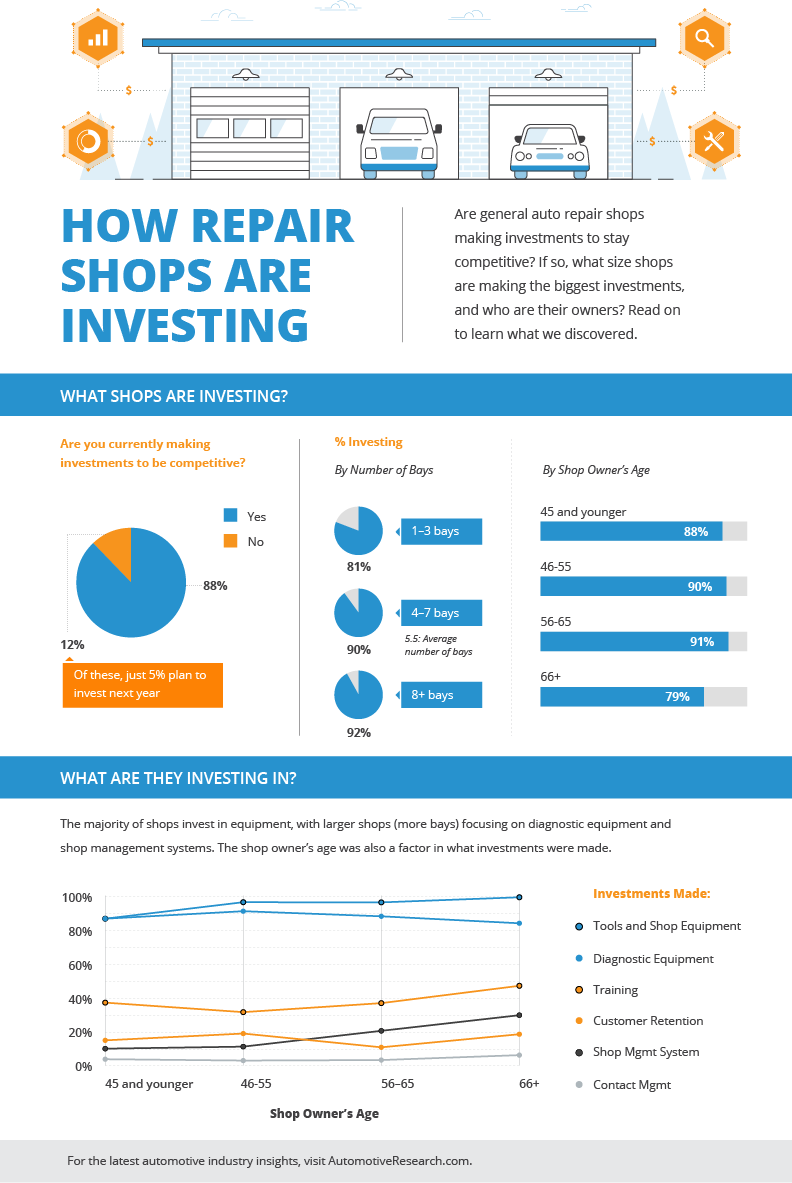Analyzing Your Auto'S Warning Indicators: What They Really Communicate
Analyzing Your Auto'S Warning Indicators: What They Really Communicate
Blog Article
Produced By-Termansen Alvarado
When you're behind the wheel, those beautiful caution lights on your control panel can be a bit puzzling. Do you understand what they're attempting to inform you about your car's health? Comprehending the value of these lights is important for your security and the long life of your vehicle. So, the following time one of those lights turns up, wouldn't you intend to understand its message precisely and take the needed actions to resolve it?
Common Warning Lighting and Interpretations
Recognize typical warning lights in your car and recognize their significances to make sure safe driving.
One of the most normal warning lights consist of the check engine light, which signifies problems with the engine or discharges system. If this light begins, it's essential to have your lorry examined immediately.
The oil stress warning light suggests reduced oil stress, requiring immediate focus to prevent engine damage.
A blinking battery light might suggest a defective billing system, potentially leaving you stranded if not addressed.
The tire stress monitoring system (TPMS) light signals you to reduced tire stress, impacting car security and gas effectiveness. Overlooking this might bring about harmful driving problems.
The ABS light shows a trouble with the anti-lock stopping system, compromising your ability to quit swiftly in emergency situations.
Last but not least, the coolant temperature level cautioning light warns of engine getting too hot, which can result in severe damage otherwise resolved swiftly.
Comprehending these typical caution lights will assist you deal with concerns without delay and keep secure driving conditions.
Significance of Prompt Focus
Recognizing the typical caution lights in your cars and truck is only the initial step; the importance of without delay addressing these cautions can not be highlighted enough to ensure your security on the road.
When a caution light brightens on your control panel, it's your cars and truck's method of connecting a prospective issue that requires attention. Neglecting these warnings can result in more severe issues later on, endangering your safety and potentially costing you more out of commission.
Prompt attention to advising lights can protect against malfunctions and mishaps. For example, a flashing check engine light could suggest a misfire that, if left ignored, could trigger damages to the catalytic converter. Addressing this immediately can save you from an expensive repair work.
Likewise, a brake system alerting light could signal low brake liquid or used brake pads, critical parts for your security when driving.
Do It Yourself Troubleshooting Tips
If you observe a warning light on your dashboard, there are a few DIY fixing pointers you can attempt before seeking professional aid.
Click In this article is to consult your vehicle's handbook to recognize what the certain caution light indicates. Sometimes the concern can be as simple as a loosened gas cap activating the check engine light. Tightening https://sethtkbrh.like-blogs.com/31961935/just-how-to-choose-the-right-vehicle-detailing-solution-for-your-needs might deal with the trouble.
One more usual issue is a reduced battery, which can trigger various alerting lights. Checking detailingauckland for corrosion and guaranteeing they're safe and secure may take care of the problem.
If a caution light lingers, you can try resetting it by detaching the auto's battery for a couple of mins and afterwards reconnecting it. In addition, checking your automobile's liquid degrees, such as oil, coolant, and brake liquid, can assist fix advising lights related to these systems.
Conclusion
In conclusion, comprehending your car's caution lights is important for maintaining your lorry running smoothly and safely. By quickly addressing these alerts and understanding what they imply, you can avoid expensive repairs and potential failures.
Bear in mind to consult your automobile's handbook for specific details on each cautioning light and take action as necessary to guarantee a trouble-free driving experience.
Remain educated, remain risk-free on the road!
